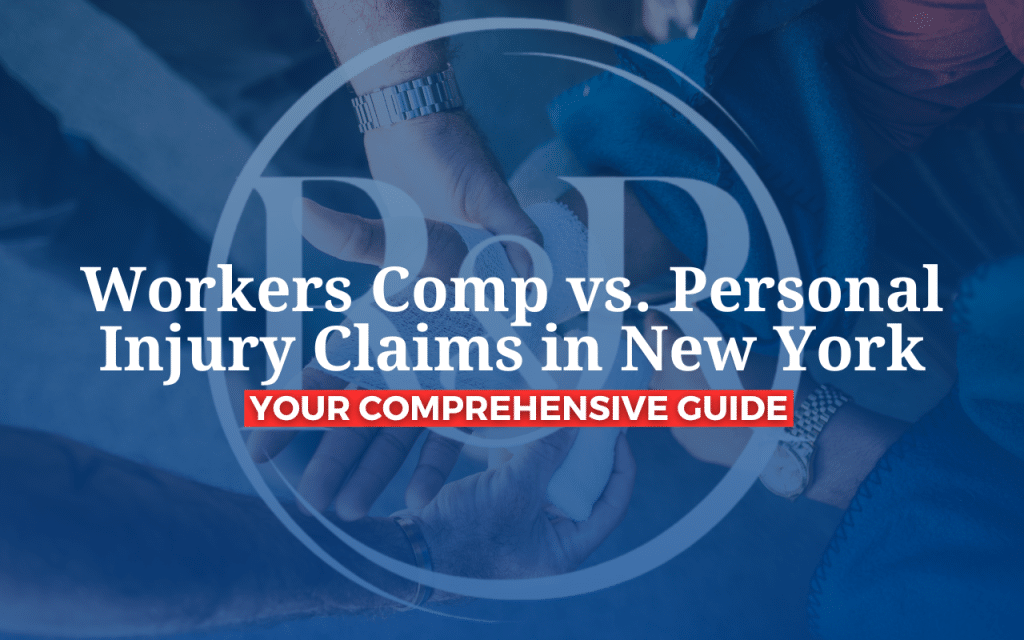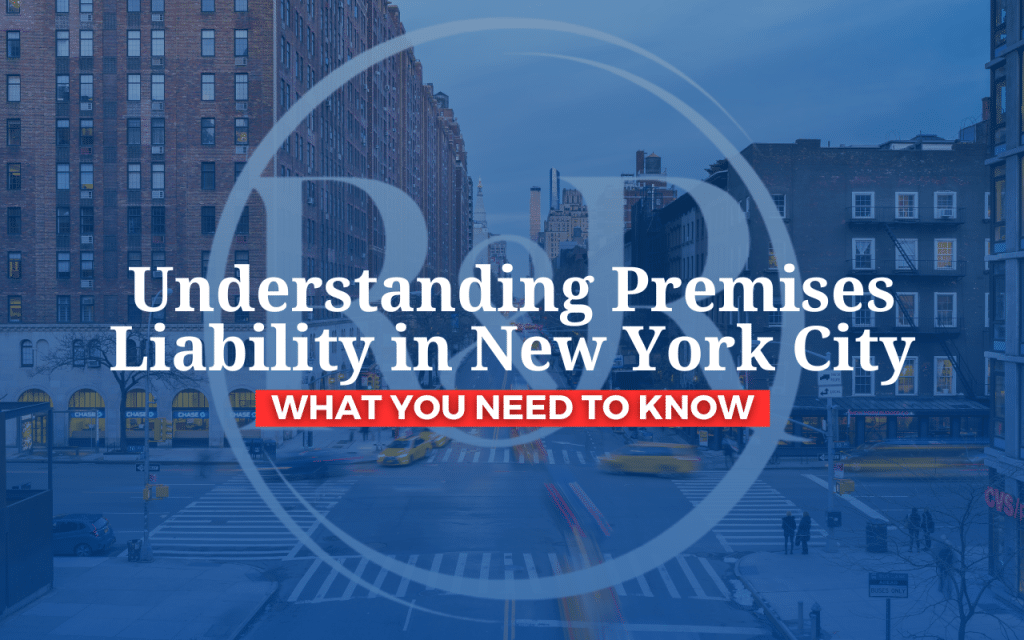Construction work is one of the most dangerous professions in the world. Despite advances in safety regulations and technology, the industry still faces significant risks that can result in severe injuries or even fatalities. At Rosenberg & Rodriguez, a personal injury law firm, we have seen firsthand the devastating impact that accidents in construction can have on individuals and their families. In this comprehensive blog, we will explore the most common causes of death in construction work, providing insights that can help employers and workers alike understand and mitigate these risks.
The Grim Reality of Construction Work
According to the Occupational Safety and Health Administration (OSHA), the construction industry accounts for nearly 20% of all worker fatalities in the United States. In 2019 alone, 1,061 construction workers lost their lives on the job. This statistic highlights the urgent need for improved safety measures and stricter enforcement of existing regulations to protect those who work in this high-risk field.
The “Fatal Four” in Construction
OSHA identifies four primary causes of death in the construction industry, often referred to as the “Fatal Four.” These are:
- Falls
- Struck by Object
- Electrocutions
- Caught-in/Between
Understanding these hazards is crucial for preventing accidents and saving lives.
Falls
Falls are the leading cause of death in the construction industry, accounting for approximately 33.5% of all fatalities. Workers often perform tasks at significant heights, whether on scaffolding, ladders, roofs, or partially constructed buildings. Even a fall from a relatively low height can result in serious injury or death.
Common Scenarios Leading to Falls:
- Unsecured scaffolding
- Improper use of ladders
- Lack of guardrails on open-sided platforms
- Slippery or unstable surfaces
- Failure to use fall protection equipment
Prevention Strategies:
- Ensure proper installation and inspection of scaffolding
- Train workers on the correct use of ladders
- Install guardrails and toe-boards on elevated platforms
- Maintain clean and dry working surfaces
- Use personal fall arrest systems (PFAS) and ensure employees are trained on their use
Struck by Object
The second most common cause of death in construction work is being struck by an object, which accounts for about 11.1% of fatalities. This can occur when tools, equipment, or materials fall from heights or when workers are struck by vehicles or heavy machinery.
Common Scenarios Leading to Struck-by Accidents:
- Falling tools or materials from elevated work areas
- Moving vehicles or equipment
- Flying debris from power tools or demolition activities
- Crane loads that shift or drop unexpectedly
Prevention Strategies:
- Secure tools and materials to prevent them from falling
- Implement and enforce strict protocols for vehicle and equipment operation
- Use protective barriers to shield workers from flying debris
- Ensure that crane operators are properly trained and certified
Electrocutions
Electrocutions are the third leading cause of death in the construction industry, responsible for approximately 8.5% of fatalities. Construction sites often involve the installation or repair of electrical systems, which can expose workers to high-voltage electricity.
Common Scenarios Leading to Electrocutions:
- Contact with live electrical wires
- Failure to de-energize electrical circuits before work begins
- Use of damaged or defective electrical equipment
- Improper use of extension cords and power tools
Prevention Strategies:
- Ensure all electrical circuits are de-energized and locked out before work begins
- Regularly inspect and maintain electrical equipment and tools
- Train workers on electrical safety protocols and emergency procedures
- Use ground-fault circuit interrupters (GFCIs) to prevent electrical shocks
Caught-in/Between
The fourth most common cause of death in construction work is being caught-in/between objects, which accounts for about 5.5% of fatalities. This can occur when workers are caught in machinery, crushed by collapsing structures, or trapped between heavy objects.
Common Scenarios Leading to Caught-in/Between Accidents:
- Workers caught in moving machinery
- Excavation cave-ins
- Collapse of scaffolding or building structures
- Workers trapped between vehicles and immovable objects
Prevention Strategies:
- Install and maintain machine guards to prevent entanglement
- Implement proper shoring and trenching techniques to prevent cave-ins
- Regularly inspect scaffolding and structural supports for stability
- Use spotters and warning systems to prevent workers from being trapped by vehicles
Legal Implications and Employer Responsibilities
Employers have a legal obligation to provide a safe working environment for their employees. This includes complying with OSHA regulations, conducting regular safety training, and ensuring that all safety equipment is properly maintained and used. Failure to meet these obligations can result in severe penalties, including fines and legal action.
At Rosenberg & Rodriguez, we specialize in representing construction workers who have been injured on the job. Our experienced attorneys understand the complexities of construction accident cases and are committed to helping victims obtain the compensation they deserve.
Workers’ Compensation vs. Personal Injury Claims
In most cases, construction workers injured on the job are entitled to workers’ compensation benefits. These benefits can cover medical expenses, lost wages, and rehabilitation costs. However, there are situations where a personal injury claim may be appropriate, such as when a third party (e.g., equipment manufacturer) is responsible for the accident.
Our attorneys can help you determine the best course of action based on the specifics of your case. We will thoroughly investigate the accident, gather evidence, and work with experts to build a strong case on your behalf.
Building a Culture of Safety
While it is essential to understand the causes of construction accidents and implement preventative measures, building a culture of safety within the industry is equally important. Employers, supervisors, and workers must prioritize safety every day, fostering an environment where everyone is responsible for looking out for one another.
Key Elements of a Safety Culture:
- Leadership Commitment: Leaders must prioritize safety and demonstrate their commitment through actions and policies.
- Employee Involvement: Workers should be encouraged to participate in safety programs, report hazards, and provide feedback on safety practices.
- Regular Training: Ongoing training ensures that workers stay informed about the latest safety protocols and best practices.
- Open Communication: A culture of open communication allows workers to voice concerns and report hazards without fear of retaliation.
- Continuous Improvement: Regularly reviewing and updating safety policies and procedures helps address new risks and improve overall safety performance.
Schedule A Free Consultation With Our NYC Construction Accident Attorneys Now
The construction industry remains one of the most hazardous fields of work, and understanding the common causes of death is crucial for implementing effective safety measures. By addressing the “Fatal Four” hazards—falls, struck by objects, electrocutions, and caught-in/between incidents—employers can significantly reduce the risk of fatalities on their job sites.
At Rosenberg & Rodriguez, we are dedicated to advocating for the rights of construction workers and helping them secure the compensation they deserve when accidents occur. If you or a loved one has been injured in a construction accident, don’t hesitate to contact our experienced attorneys for a free consultation.
Together, we can work towards a safer construction industry, where every worker returns home safely at the end of the day.




